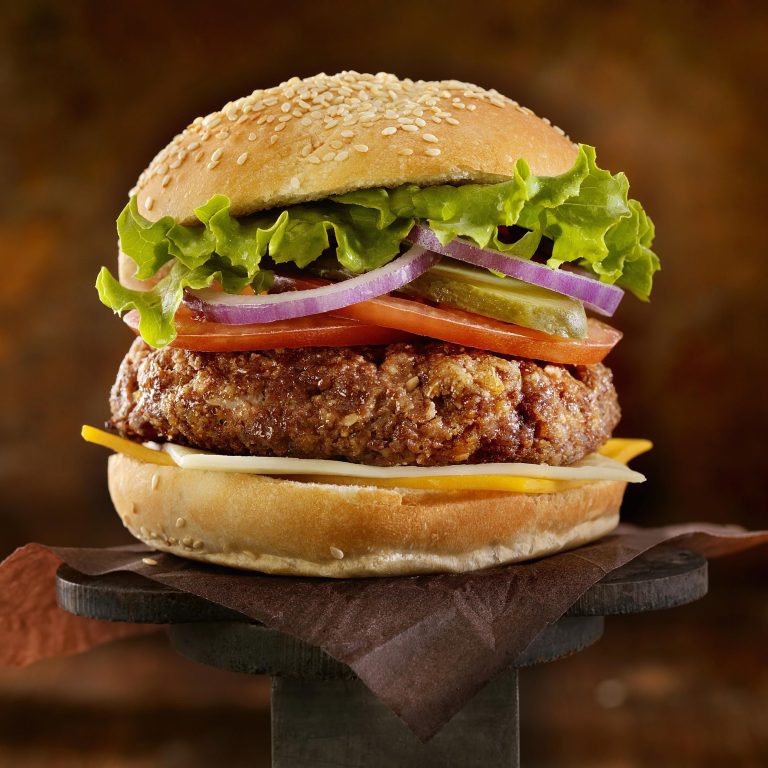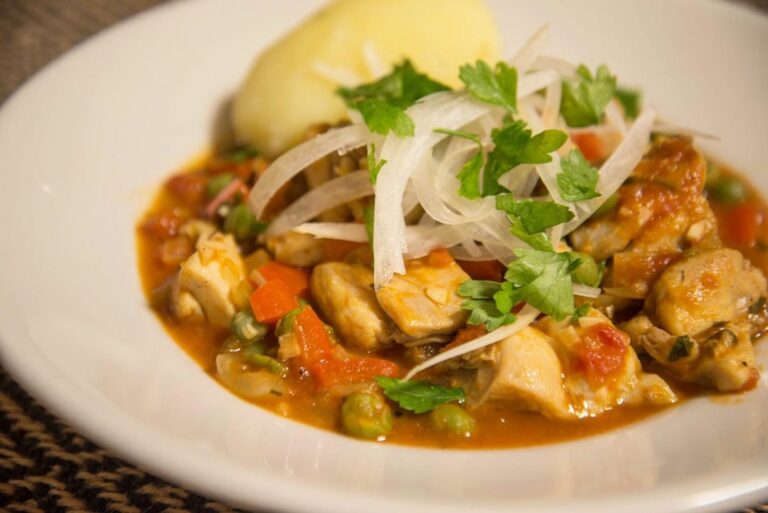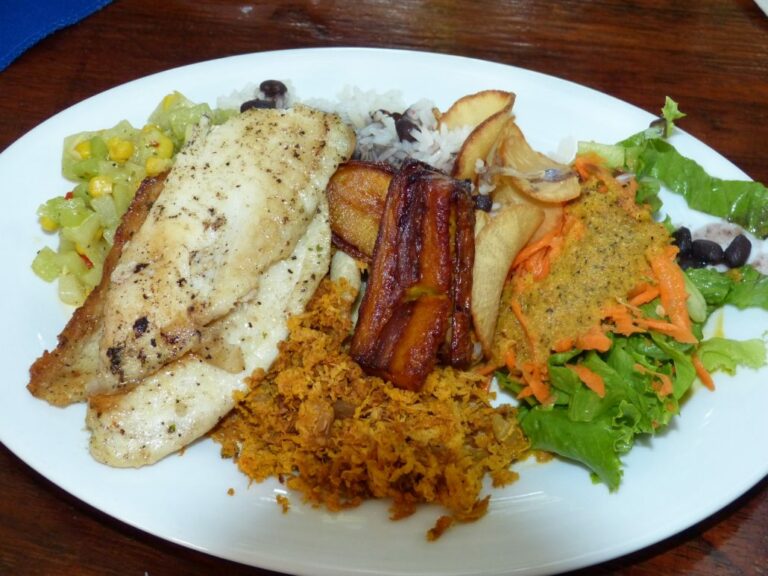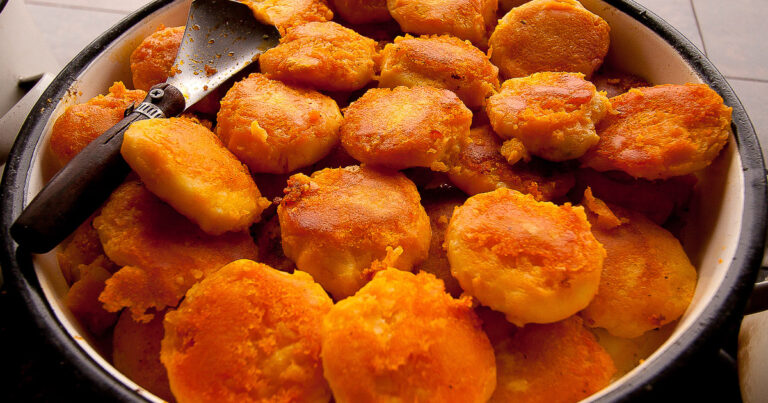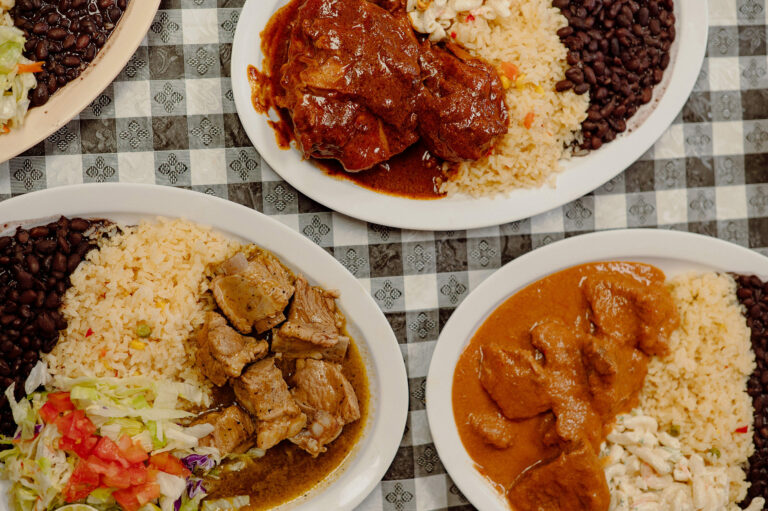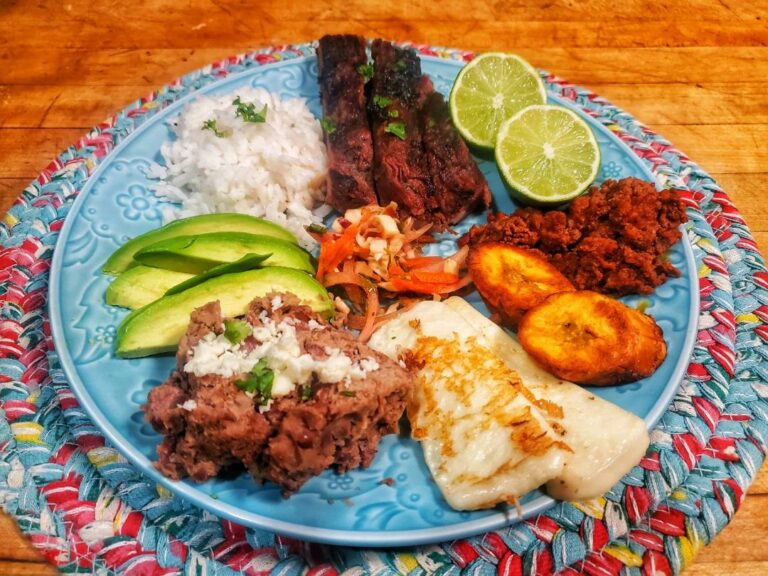Speaking about the national dishes of America, many associates it with traditional fast food and barbecue. Not everyone knows that this country has many unusual recipes that are known to this day all over the world.
American cuisine is filled with a great variety – here you can find vegetables, seafood, meat, and many other products, when combined together, dishes with sometimes unusual names are obtained, but at the same time they do not lose their taste, and often only become more open thanks to each other. friend.
Amazing fact! One American in five eats at least once a day in fast food. But with this in mind, Americans prefer to eat something sweet for breakfast (for example, toast with jam).
Origin of American Cuisine

If you think about what kind of people still influenced the birth of American cuisine, then the Italians who began to massively immigrate to the United States at the end of the 19th century can be safely called the first. Towards the middle of the 20th century, traditional Italian dishes such as spaghetti with sauce, pizza, and apple pie became commonplace. Together with Italian farmers, Americans have achieved the popularity of eggplant.
French, which spread widely in Louisiana, played a special role in the birth of American cuisine. After all, it was the French at a certain point in time who to a greater extent settled this region and brought notes of French cuisine to American cooking. The cuisine was based on affordable seafood, as well as corn and hot peppers. The first seafood was crayfish and shrimp. Often, all of these foods were cooked in one clay pot. Dishes such as jambalaya, a rice dish reminiscent of the modern name for paella, and gumbo, a thick spicy soup similar in consistency to a stew, can be found in local Louisiana restaurants even today.
The number of American dishes is increasing every day. The construction of railways was reflected in the fact that the need for labor increased, there were not enough people. As a result, many workers from China came to the country. Thus, Chinese cuisine has added to the richness of American cuisine with its own national characteristics.
What Is American Food?

American cuisine, as mentioned earlier, has different national origins. Some of them came from Europe, mainly from England, Germany, and Italy, and other countries.
The Americans also have their own traditions. For example, ice is widely used in American cuisine. An ice jug is a common attribute of restaurant service. Iced tea is also in demand. Beer is usually served cold in a chilled mug.
Cheese is considered a typical product in American cuisine. American cheese is a mixture of processed cheeses (mozzarella, cheddar, and so on), cottage cheese, and butter with spices.
One of the weaknesses of the American person is the love of peanut butter, which is a traditional American product made from ground peanuts with the addition of vegetable oil and salt. This product is also in demand all over the world.
Rice is often cooked as a side dish in American cuisine. It can be different: long, brown, and wild. A small secret of such cuisine is that many spices are used in food: garlic powder, various varieties of pepper, cloves, nutmeg, ginger, bay leaves, caraway seeds, and much more. The Americans simply cannot do without it.
American food can be characterized by the distribution of a wide range of convenience foods in stores and fast-food restaurants.
The basis of the daily diet of the American family is built on the principle of minimum cost and time.
Amazing fact! American cuisine is undeniably considered harmful. More than half of Americans do not know and do not want to learn even the basics of healthy eating. Approximately 52% of US residents are of the opinion that it is easier to understand the tax system than with their own food.
In supermarkets, counters are bursting with an abundance of a variety of ready-made meals and semi-finished products. Despite the huge selection of original dishes from all over the world, the American table looks a little monotonous, which causes negative emotions. In other countries, women are not as deeply interested in the theoretical knowledge of cooking as in the United States. The American hostess, arranging a treat for guests, does not serve ready-made dishes on the table, but spends quite a lot of time in her kitchen before acquaintances arrive.
Based on the foundations of American cooking already known to us, we can conclude that it is the closest to our time, the most suitable for the pace and needs of a modern person, in comparison with the cuisines of other countries. It is close to modern people, first of all, not to taste, but in psychology, because it is quick to prepare and not picky, one might even say primitive. No other country has influenced the nature of food around the world to the same extent as the United States, they have left their unforgettable mark on the history of culinary around the world. She surpassed even France in this, was able to prove that it is possible to prepare a work of culinary art from simple products, regardless of the time and money spent.
The main thing here is imagination and the ability to cook. And only then will you get a difficult tasty dish, but a work of art.
America’s Most Famous Dishes

Americans are associated mainly with fast food and the tradition of outdoor cooking. Because of this, there are a lot of recipes for barbecue in the national cuisine of America. There you can also find such masterpieces that everyone is tedious to recreate at home. Now on the Internet, you can find a lot of recipes for American cuisine, which stand out for their simplicity of preparation, while taking into account all the subtleties of the American style. Savoring the meat freshly fried using these recipes can help you understand why Americans are so fond of barbecues.
Many people forget about the extraordinary variety of other national dishes glorified in America, although it shouldn’t be worth it. One of the most famous dishes is the traditional turkey, which in America is usually prepared for Thanksgiving or Christmas. Following the recipe, it is possible to embody the originality of American cuisine and please your loved ones with a new delicious dish.
The most interesting American dishes:
- salads are mixtures based on an abundance of vegetables and fruits, usually seasoned with an original sauce;
- a variety of hot sandwiches, the filling of which can be either ham or breast, or just vegetables;
- pastries and sweets – the most popular in this category are pumpkin pie, the banana split is ice cream and banana dessert, cheesecake with different types of fillings, the brownie is a chocolate cake with liquid chocolate inside, and, of course, popcorn;
- dishes that include non-standard American products, for example, corn chowder is milk soup with corn, clam chowder is seafood soup, corn dog (sausage in corn flour dough, in other countries it is popular under the name Great Dane), pecan pie is a corn syrup quiche with pecans, fries, and so on.
All these dishes can be distinguished for the fact that they stand out for their balance of products and their ease of preparation.
Mixing Disparate Foods in American Cooking
Let’s take the well-known fried chicken as an example. Usually, it is served as a main course with a side dish of vegetables or various cereals. In the USA, however, they decided not to stop at a standard dish and introduced their own peculiarities.
They serve this product with waffles or pancakes and use honey or maple syrup as syrup. It turns out to be a rather unusual combination, but tasty because meat and sweet notes complement each other. In the South of the United States, this is almost the most common and favorite breakfast dish.
Years later, many restaurants around the world began to apply this idea to their dishes. But, as you know, everyone wants to stand out with something, therefore, both sweet and sour sauces, such as lingonberry and berry sauces, began to be served both with meat and chicken.

As a second example, consider fried cucumbers. Yes, exactly cucumbers. They are simply cut and fried in batter. If you think about why such a combination was invented, I think no one can clearly answer you. Most likely this was done just for fun, but initially, no one expected that it would come out pretty well. No one will deliberately fry cucumbers, because this is the product that is eaten as it is or complements some kind of dish with it. And only Americans cook it deliberately to get satiated, while they consider it delicious.
Another unusual combination is celery with peanut butter and raisins. This is not only a sweet dish that is easy to entice a child, but most importantly, it contains vitamins, carbohydrates, and fats. After this, both children and parents are happy.
America is an amazing country, which has many such subtleties in terms of culinary that are not known to everyone. Experimenting with products, trying to bring out an unusual dish – this is a special feature of this country that distinguishes it from others.
I hope you found this information interesting and exciting. Thanks for reading!




